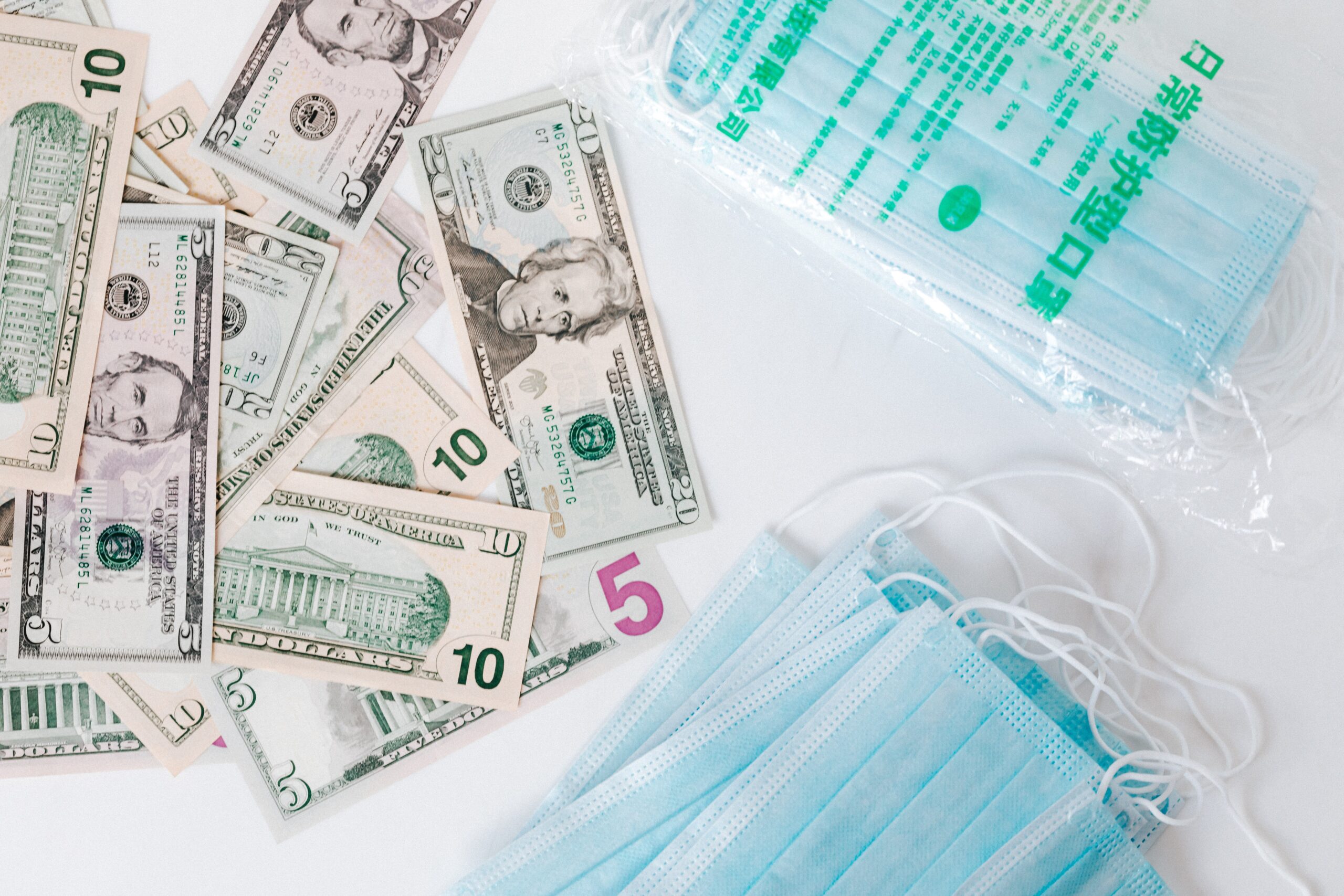Given the current times of Coronavirus, giving hugs and shaking hands has become taboo giving way to cashless forms of payment becoming the widely accepted norm. Of course, payment apps like ApplePay, GooglePay in the U.S., as well as AliPay and Tencent in China can be used to pay for anything from an Uber to a post-breakup shopping spree at Bloomingdales. But even with this convenience, there are some people who prefer to pay the “old” way using fresh paper money, more formally known as banknotes.
As you may have heard, after over half a decade of planning, the Chinese government and the People’s Bank of China have launched pilots in 4 cities to test out the digital Yuan. The digital Yuan, in simple terms, is a digitized and centralized Chinese Yuan that you can only hold it inside a banking app called the Digital Renminbi Wallet.
There is an element of the blockchain technology integrated into the digital yuan and it seems like there would be a greater similarity between this and a cryptocurrency like Bitcoin. However, there is one huge factor that separates the digital Yuan from the rest. It is backed by the physical yuan, which means that it has stable value and mimics real physical money. Additionally, by switching to digital and decreasing printed money, would actually raise the value of the Yuan as it would only have limited circulation.
As a consumer, we rarely think about the implications of our purchases. We go to a retailer because we really need that extra pair of socks on laundry day. Absentmindedly, we whip out our phone, press a few buttons on our screen to pay for said pair of super-needed socks and we go home. In China specifically, where credit cards are not accepted by every merchant, it is very common for the consumer to employ payment apps like Alipay or WeChat Pay to pay for goods and services. What most people don’t know is that the merchant needs to pay a fee to the third party for the transaction. However, the digital Yuan, since it is a spin-off of physical cash, leaves the merchant with that extra 1% as part of their income keeping their revenue stream steady.
However, though the digital and physical Yuan seem like they are one and the same, there is one primary kink in the plan that needs to be ironed out. The Yuan may be well on its way to having the highest level or backing: gold. This would make it a huge contender to the U.S. Dollar as the world reserve currency, but I that is a story for another time. While it is normal for physical money to be backed by some type of metal, such as gold, silver or copper, the Yuan is currently pegged to the U.S Dollar. This means that there is a direct exchange rate making the value of the pegged currency fluctuate with the strength of the dollar.
So the question is this: will the Yuan detach itself from the dollar and achieve the “golden standard” and if so, will this mean that its offspring, the digital Yuan, will be backed by gold too? It certainly would bridge the gap between the physical and digital, but we will need to wait and see!


